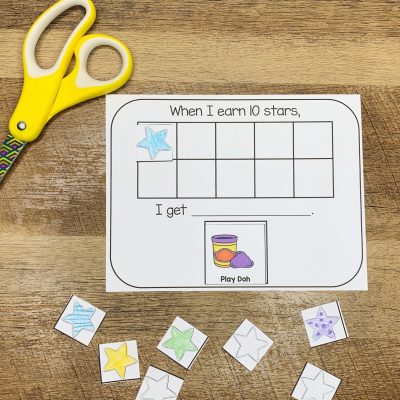How to use a
token board
What is a token board?
A token board is a visual tool that can be used to help reinforce positive behavior with your therapy clients. The basic concept is to provide a token, such as a coin or a sticker, for a client each time they engage in a desired behavior. The tokens can be exchanged for a specific reward at a later time. Here are some steps for using a token board with a therapy client:

Define the desired behavior: Clearly define the behavior you want the client to engage in, and make sure the client understands what is expected of them.
Create or obtain a token board: A token board typically includes a board or chart with spaces for tokens, as well as a picture or representation of the reward the client will receive.
Establish a token-reward system: Decide on the number of tokens the client must earn in order to receive the reward, and make sure the client understands the system.
Begin using the token board: When the client engages in the desired behavior, provide them with a token and place it on the token board. Be sure to provide verbal praise and recognition for the behavior.
Exchange tokens for rewards: When the client has earned the required number of tokens, exchange them for the agreed-upon reward.
Monitor and track progress: Keep track of the client’s progress and adjust the token-reward system as needed. It’s also important to constantly check in with the client and make sure that the rewards still holds value and interest for the individual
Use the token board regularly: Incorporate the token board into the therapy sessions and make sure the client is aware that it will be used.

It’s important to note that the token board should be used in conjunction with other behavior-modification techniques and should be part of a larger treatment plan. It’s always good to work closely with your supervisor or BCBA to make sure the approach is appropriate and beneficial for the client.